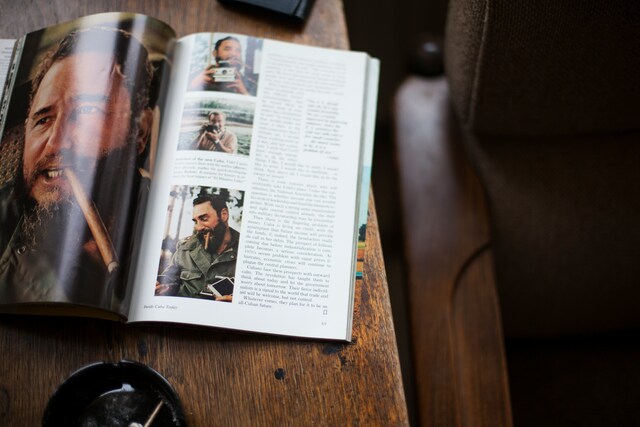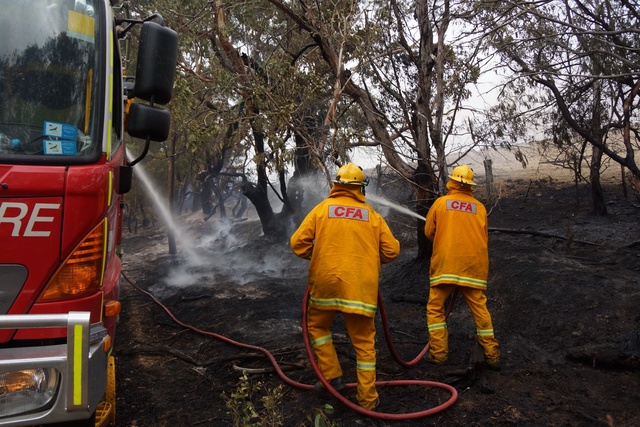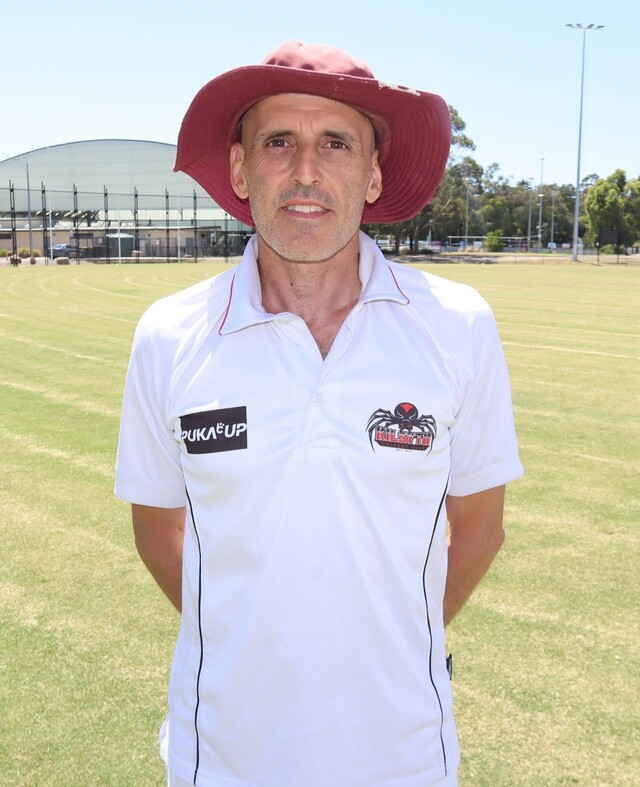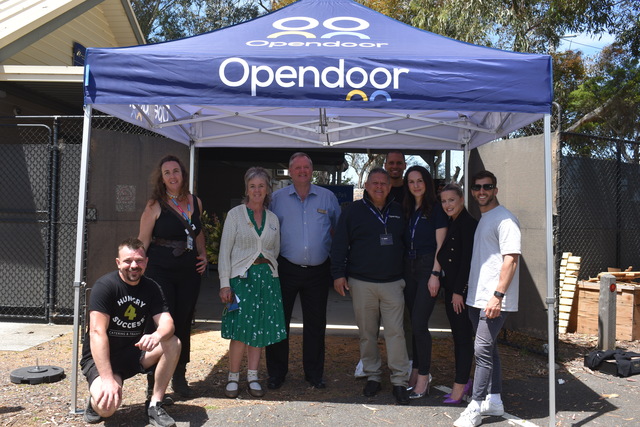Located at 510 Elizabeth Street, Sticky Institute is run by voluntary artists who are ardent defenders of zine culture, dedicated to supporting and celebrating all things zine.
Offering a space to make, showcase and sell nearly 20,000 zine titles, the Melbourne-based non-profit is an important source of inspiration for zine makers around the world.
A zine – short for magazine – is a self-published work of text and images.
Often produced using a photocopier and with a small circulation, zines can be comics, collages, poems, stories, essays or opinions.
They reflect the DIY philosophy while emphasising the unique artistic styles of their creators.
Luke Sinclair is one of Sticky Institute’s three coordinators.
In a recent Q and A, he introduced his role as to “keep the project open and going” – running the zine shop, writing grant applications, and attending zine fairs around the country on behalf of Sticky.
Sticky opened in 2001 with 15 zines on its shelves.
By 2008, it had launched the first zine fair in Melbourne outside its original location in Campbell Arcade, the underground connection between Flinders Street Station and Degraves Street.
Then the zine fair moved to the biggest room in the Melbourne Town Hall.
“I’m proud that we’ve kept the project alive,” Sinclair said.
“We survived Covid and now we’ve survived the renovations in Campbell Arcade [as part of the Metro Tunnel project]. Our new location [in Elizabeth Street] is our 4th home in 23 years and it’s big and beautiful.”
The coordinators work with the Sticky Institute Management Committee to outline the organisation’s future direction.
“It’s a lot of work and once you factor in the planning of the zine fairs we coordinate and all the other things we do, you get an idea how much work it takes to keep the project alive.”
“But when a mind-blowing new zine arrives on the shelf, it’s all worth it,” he confirmed.
“Through a mix of extreme hard work and good luck, we’ve managed to exist for 23 years thanks to the help of hundreds of volunteers over the years. I look around and ask if the world still needs what we do and the answer is always yes, so we go round for another year.”
As a volunteer-operated long-term campaign, Sticky faces many challenges.
“The pros of being long-term is that you develop a following and a reputation and people know what to expect from a Sticky Institute event,” Sinclair said.
“The strange part is that all of a sudden you are fifty years old and the new volunteers are eighteen. But I think everyone has something to offer the space so somehow it works.”
Presently the zine scene in Australia is very strong, with zine fairs happening across the country all the time. Some recent examples include the Mildura Zine Fair, G:Zines Swap/Sell in Geelong, Small Press Zine Fair in Hobart, Hallozeens roadshow in Geelong, Ballarat and Healesville, and Hallozeen Zine Fair in Kensington.
Particularly noteworthy is the Festival of the Photocopier, Australia’s largest and longest-running zine fair since 2010.
Hosted by Sticky Institute in February, the annual event features more than 200 stalls and caters exclusively for zine fans, creators, readers and collectors.
For those interested in zine making, Sinclair advised: “Give yourself an hour and make a zine from start to finish. Don’t be a perfectionist. Finish it and give it to all your friends. Listen to feedback. Then make another zine that is better than the first – and keep on doing that until you have made two thousand zines.”







